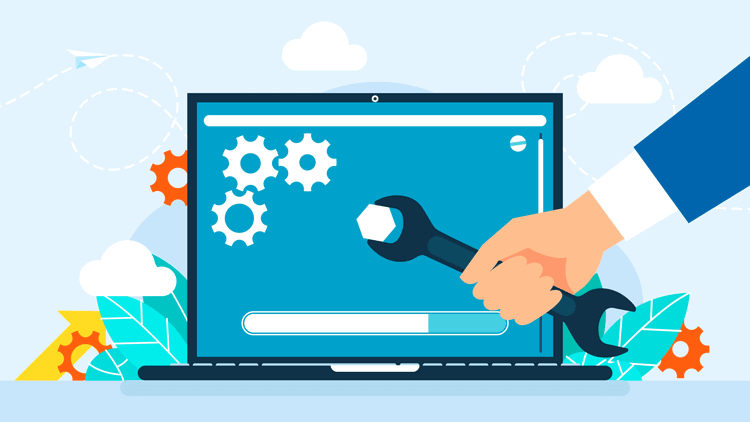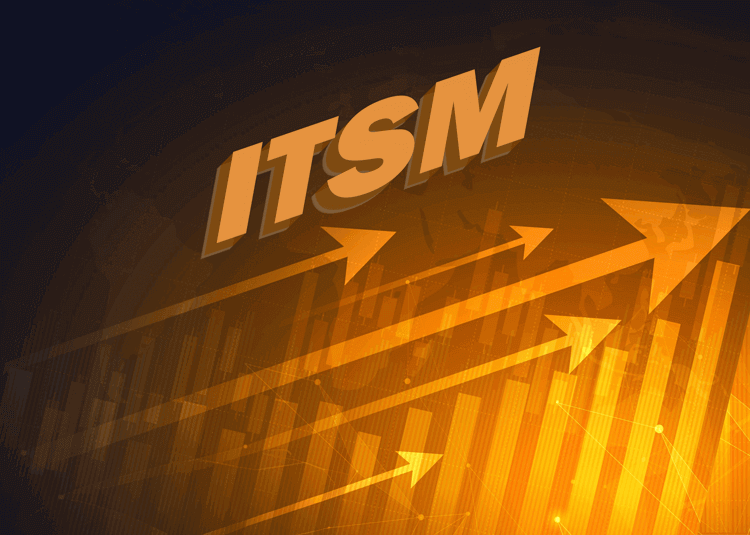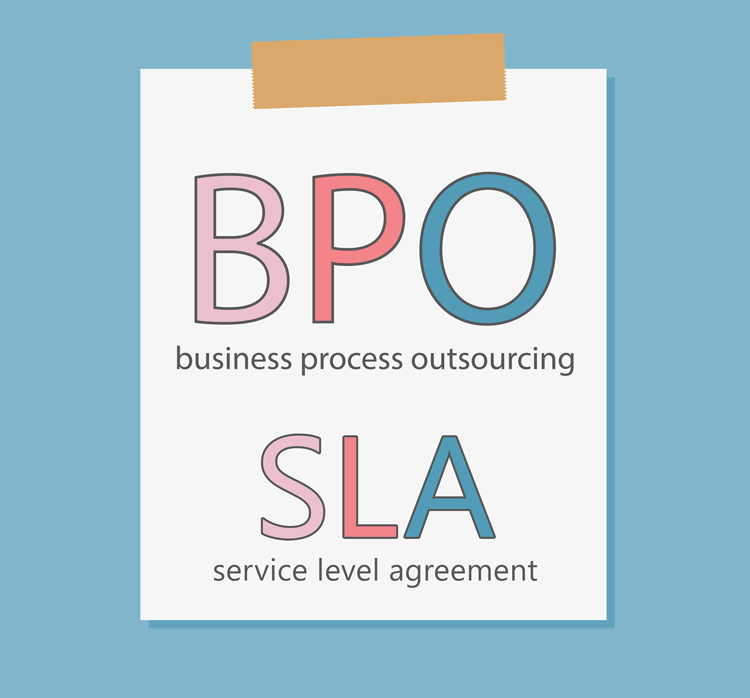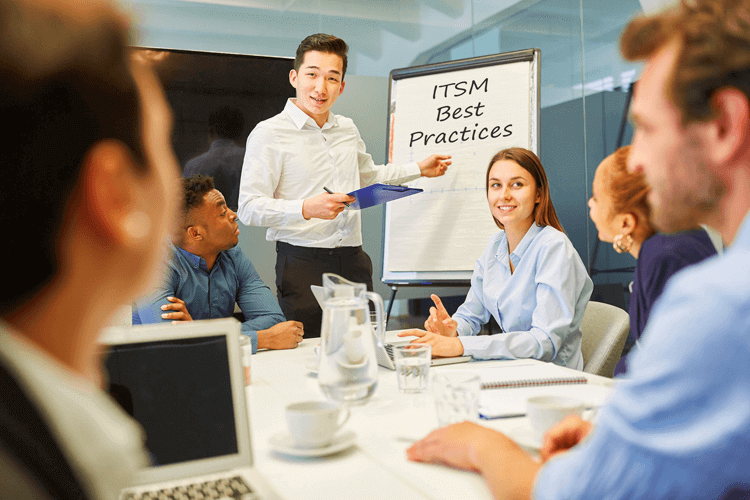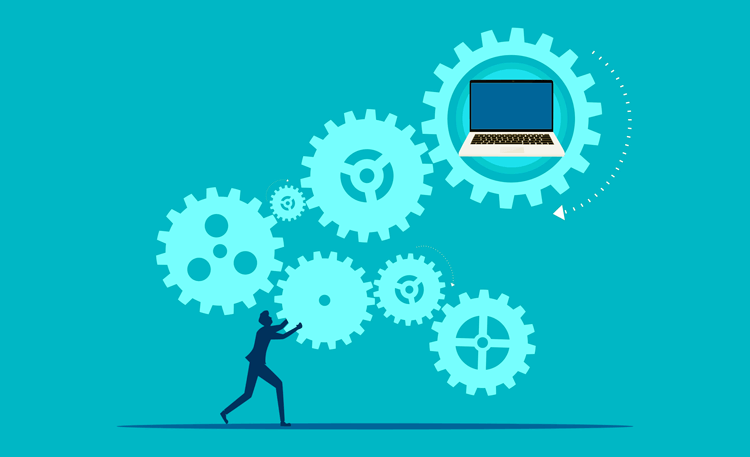16 IT Issues Teams Are Facing in 2026 Plus Practical Solutions Steps
IT teams are handling more work than ever, and the challenges they deal with are growing just as quickly. AI is changing how organizations operate. Cloud costs are increasing and becoming harder to predict. Data lives in many systems at once. And new regulations, new threats, and new expectations keep showing up for IT leaders to address.
